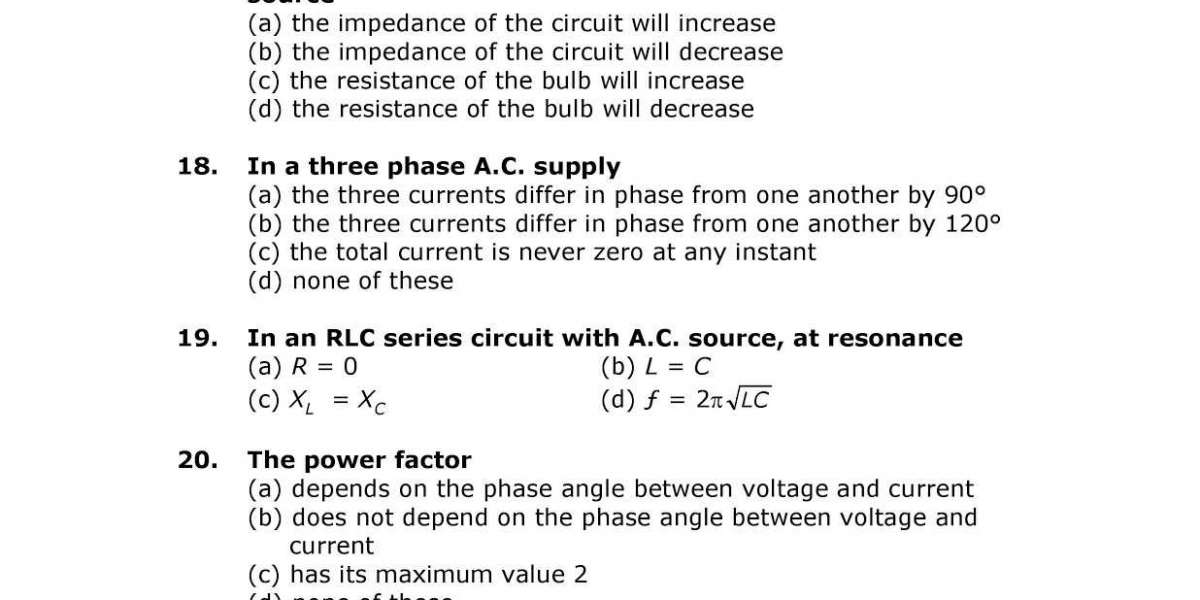In the world of modern electrical and grounding solutions, exothermic welding has emerged as a highly efficient and reliable method. Exothermic welding kits have gained prominence for their ability to create strong, long-lasting connections. In this comprehensive guide, we will delve into the intricacies of exothermic welding kits, explaining what they are, how they work, and the benefits they offer.
Understanding Exothermic Welding Kits
Exothermic welding kits are specialized tools designed for creating permanent and robust electrical connections. Unlike traditional methods that rely on soldering or mechanical clamps, exothermic welding employs a chemical reaction to fuse metals together. This process results in a molecular bond that ensures low resistance, high conductivity, and exceptional durability.
Components of an Exothermic Welding Kit
A typical exothermic welding kit consists of several essential components that work in tandem to facilitate the welding process:
Graphite Mold: The mold is designed to hold the conductors in place during the welding process. It is essential for maintaining the correct positioning and alignment.
Ignition Source: This source initiates the exothermic reaction. It can be a spark igniter or a special igniting paper, depending on the kit.
Welding Material: The welding material usually comes in the form of a mixture of metal powders, oxidizers, and other elements that generate heat during the reaction.
Flux: Flux is used to prevent oxidation and ensure a clean welding process. It removes impurities from the surfaces being welded.
Handle Clamp: The handle clamp secures the mold during the welding process and helps in maintaining the right pressure.
The Exothermic Welding Process
Exothermic welding involves a controlled chemical reaction between the welding material and the conductors. Here's a step-by-step breakdown of the process:
Preparation: Clean the surfaces of the conductors that will be joined. This is crucial for ensuring a proper connection.
Positioning: Place the conductors within the graphite mold, ensuring they are correctly aligned.
Flux Application: Apply the flux to the surfaces of the conductors to remove any impurities and enhance the welding process.
Mold Closure: Close the mold and secure it using the handle clamp. The mold ensures that the conductors stay in place during the reaction.
Ignition: Initiate the ignition source, which triggers the chemical reaction between the welding material and the conductors.
Exothermic Reaction: The reaction generates intense heat, melting the welding material and causing it to flow over the conductors.
Cooling: Allow the connection to cool and solidify. This usually takes a few minutes.
Mold Removal: Once the connection is solid, remove the mold and clean the excess slag to reveal the finished joint.
Benefits of Exothermic Welding Kits
Exothermic welding kits offer several notable benefits:
Low Resistance: The molecular bond formed through exothermic welding results in connections with minimal resistance, ensuring optimal conductivity.
Durability: The welded joints are highly durable and capable of withstanding extreme environmental conditions.
Longevity: Exothermically welded connections have a longer lifespan compared to other methods, reducing maintenance needs.
Versatility: These kits can be used for a wide range of applications, from grounding systems to power distribution networks.
Conclusion
Exothermic welding kits have revolutionized the way electrical connections are made, offering unmatched strength, conductivity, and durability. This comprehensive guide has provided a deep dive into the components, process, and benefits of exothermic welding kits. By understanding the intricacies of this advanced welding technique, professionals can make informed choices for their electrical and grounding projects, ensuring reliable and lasting connections.



